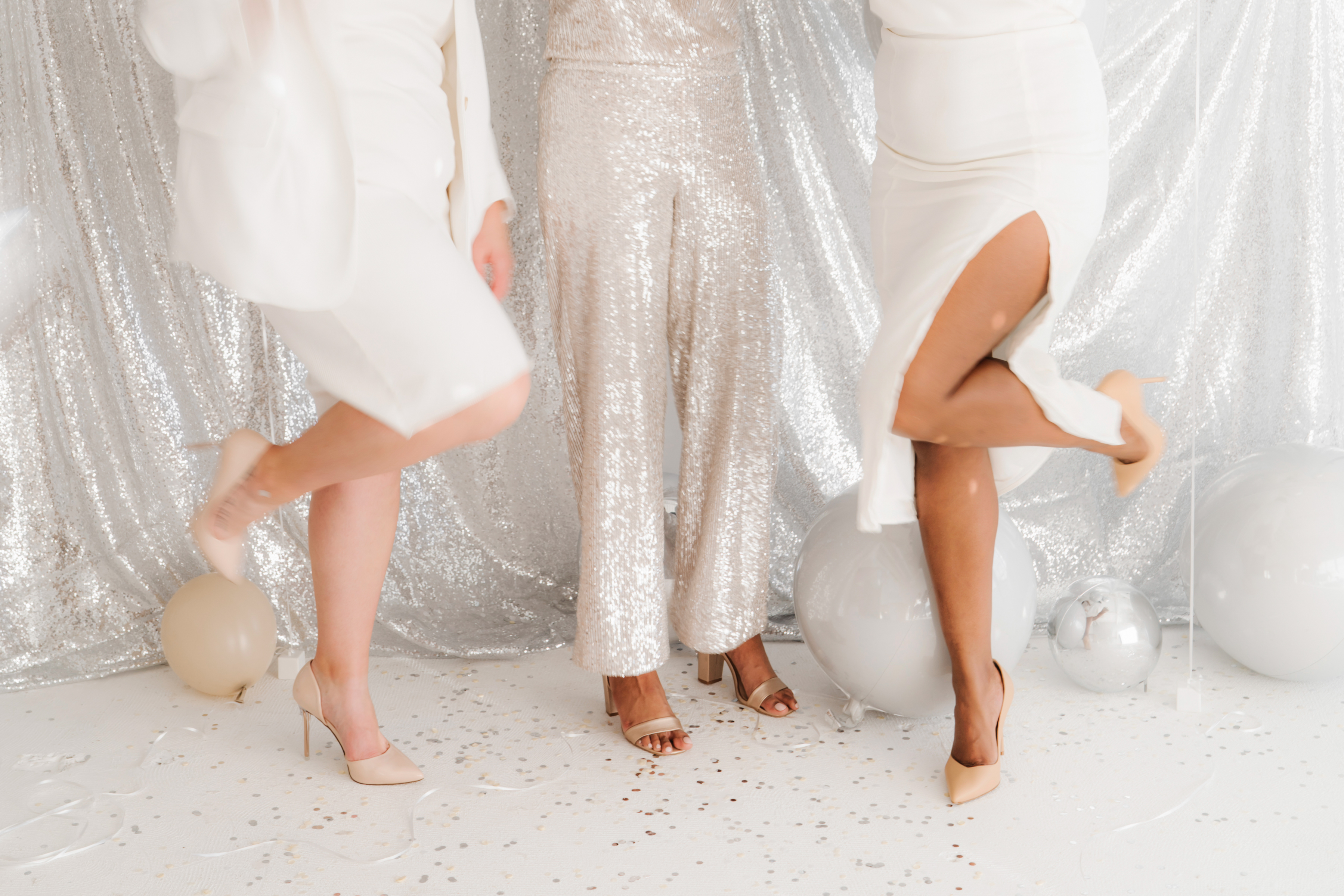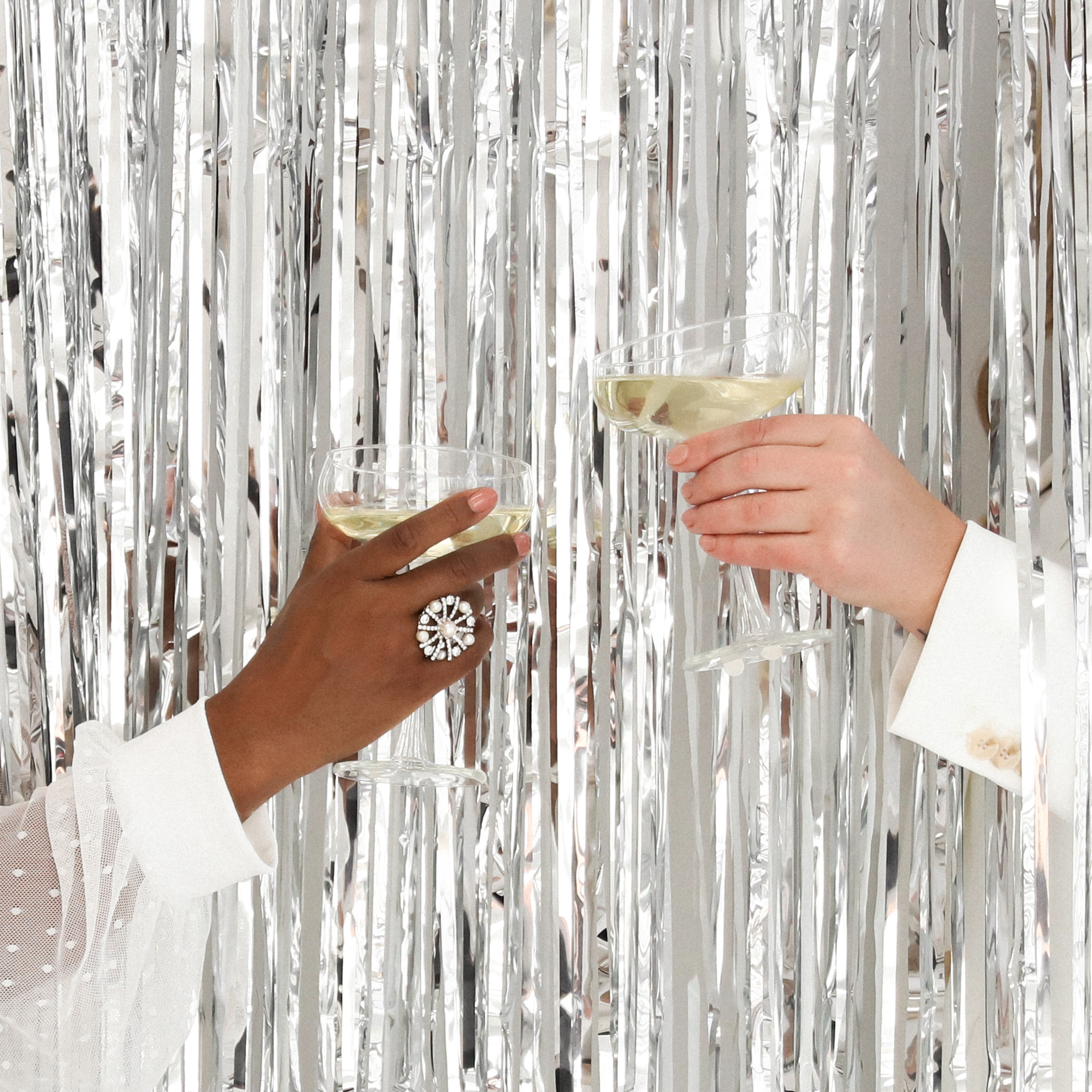Silent Clubbing: The Noise-Free Revolution Sweeping City Nightlife

Sue Dhillon is an Indian American writer, journalist, and trainer.
Silent clubbing! What?
[wpvideo sxcmmhrz at=”1″ loop=”true” autoplay=”true”]Picture this: You’re standing in the middle of a packed dance floor. Bodies are moving, hands are in the air, and faces are beaming with joy. But here’s the kicker – you can hear a pin drop. Welcome to the world of silent clubbing, the latest craze that’s turning the nightlife scene on its head.Gone are the days when a night out meant shouting yourself hoarse over pounding bass and leaving with ringing ears. Silent clubbing, also known as quiet clubbing or headphone parties, is revolutionizing how we experience music in social settings. It’s like a secret party happening in plain sight, and it’s taking cities by storm.
Here’s how it works: When you arrive at a silent club, you’re handed a pair of wireless headphones. These aren’t your average earbuds – we’re talking high-quality, light-up headsets that make you feel like you’re in a sci-fi movie. Once you put them on, you’re transported into a world of music.
But here’s the twist – you can switch between different types of music each playing a different genre or DJ set. The result? A surreal experience where you might be grooving to EDM while your friend next to you is slow dancing to smooth jazz. Take off your headphones, and you’re met with the amusing sight of people dancing to what seems like no music at all. It’s a bit like watching a flash mob in slow motion, minus the choreography.
But why is this trend catching on like wildfire? For starters, it’s a noise pollution solution which is music to my ears. I’m more of a meditator if you catch my drift. In cities where noise complaints can shut down venues faster than you can say “turn down the music,” silent clubbing offers a way to party without disturbing the peace. Neighborhoods that once banned nightclubs are now welcoming silent events with open arms.
Then there’s the social aspect. Remember trying to chat someone up at a club and ending up with a sore throat from all the shouting? Silent clubbing eliminates that problem. Want to have a conversation? Just slip off your headphones. It’s revolutionizing how people interact in nightlife settings, making it easier to meet new people and actually hear what they’re saying.

The customizable music experience is another major draw. I can’t tell you how many times in my younger years I found myself in clubs where I couldn’t stand the music just cause I happen to tag along with a certain group of friends. Of course being a social butterfly has always come in handy and I made the most of it regardless of the music, but boy some headsets could’ve really come in handy on a more than one occasion.
Tired of the current track? No problem – just switch channels. It’s like having multiple clubs in one, catering to a variety of music tastes. This has led to some pretty eclectic dance floors, where you might see someone headbanging to metal right next to someone doing the cha-cha to salsa beats. Silent clubbing is also breaking age barriers. It’s not uncommon to see multiple generations at these events. You could find yourself rubbing elbows with college students and retirees.
After all, when everyone’s lost in their own musical world, age becomes just a number. But it’s not just about clubbing. The concept is spilling over into other areas of life. Silent yoga classes are popping up, where instructors guide students through headphones, allowing for a more personalized and focused experience. Silent cinema events let movie-goers switch between different language tracks or director’s commentary. There are even silent conferences, where attendees can tune into different speakers without the need for separate rooms.Of course, like any trend, silent clubbing has its critics. Some argue that it takes away from the shared experience of music, turning what was once a communal activity into an individualistic one. Others miss the physical sensation of bass reverberating through their bodies.
However, proponents argue that it actually creates a unique kind of community. There’s something special about looking around and knowing that everyone is lost in their own musical world, yet still connected through the shared experience.The environmental impact is worth noting too. With no need for massive speaker systems, silent events use significantly less energy than traditional clubs.

Plus, the reduced noise means less sound-proofing material is needed for the venue, further reducing the carbon footprint. As for the business end of things, it’s booming. Companies specializing in silent disco equipment are springing up everywhere. DJs are adapting as well, learning to read a crowd that might be listening to entirely different tracks. And event planners are getting creative, hosting silent raves in unexpected locations – imagine dancing your heart out in a library or a museum after hours. Now this I could really go for.
So, is silent clubbing just a passing fad or the future of nightlife? Only time will tell. But one thing’s for sure – it’s changing the way we think about music, social interaction, and what it means to party. In a world that often feels too loud and chaotic, there’s something oddly appealing about a party where the volume is entirely under your control.

Next time you’re walking down the street and see a group of people dancing wildly to no apparent music, don’t be alarmed. You’re not witnessing a mass hallucination – you’re seeing the silent revolution in action. Who knows? You might just find yourself joining in. After all, the best parties are the ones where you call the tunes.
For more insights and inspiration be sure to check out my sister site or the Blossom Your Awesome Podcast.


